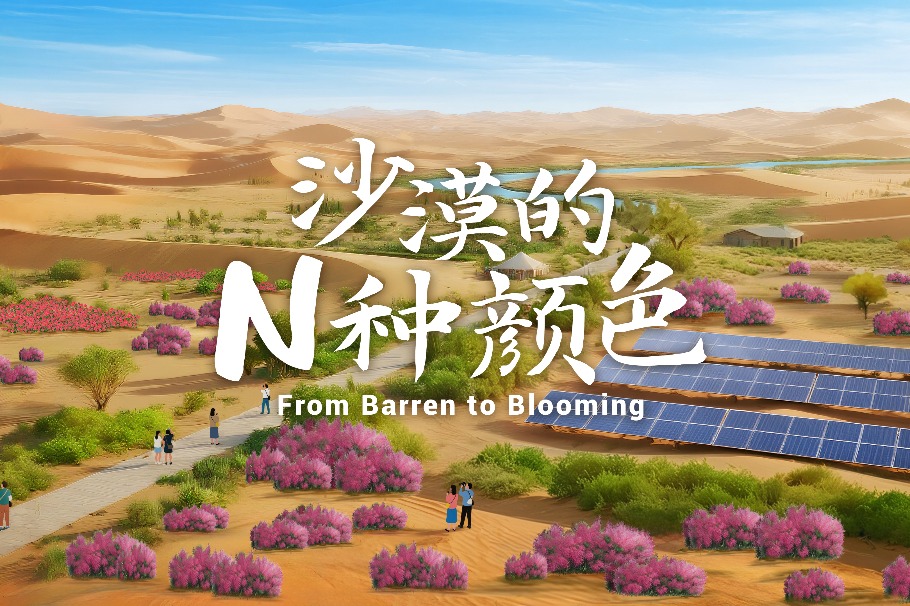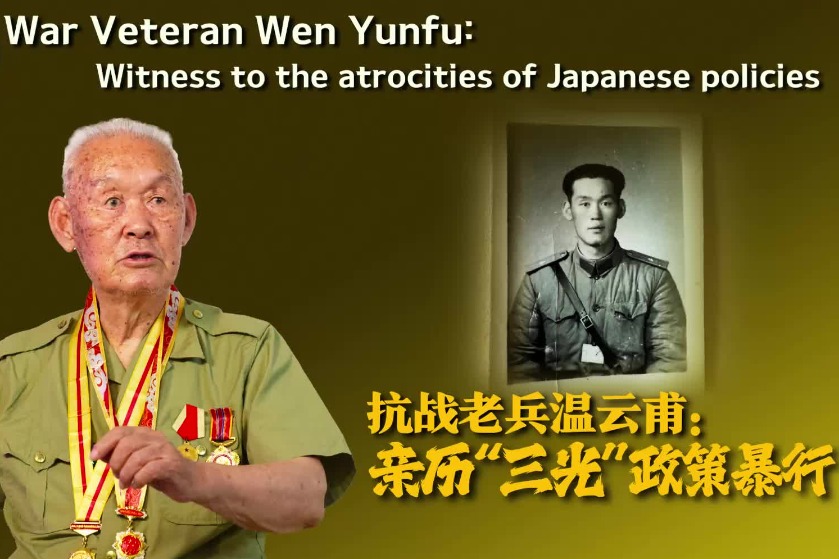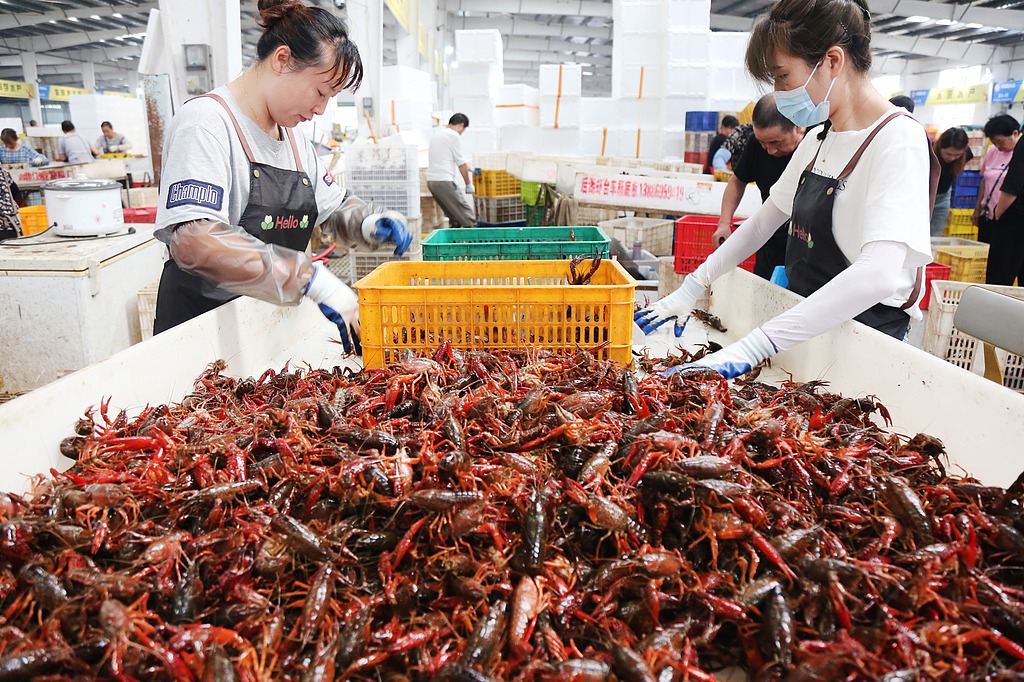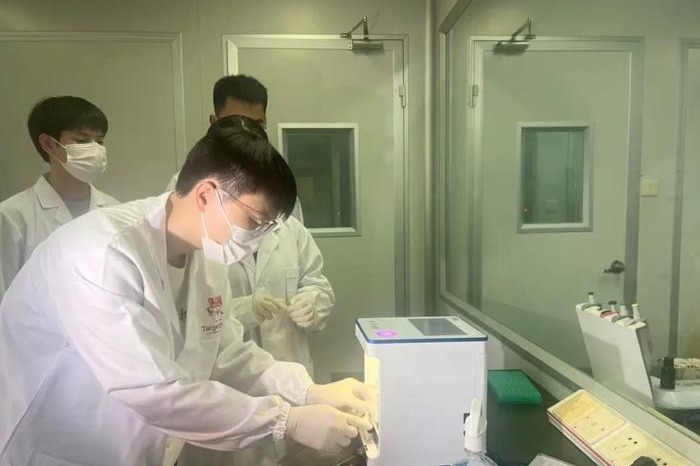Climate complicates heritage preservation
Experts gather to swap notes, explore solutions to better protect cave temples and stone carvings worldwide, Yang Feiyue reports in Chongqing.

Around 160 domestic and international experts came together in Chongqing between Aug 19 and 21 to explore opportunities for cooperation and methods to protect rock carvings in cave temples around the world.
The carvings run the risk of damage over time as a result of weathering and climate change, Wang Jinhua, professor at Fudan University, said during the International Forum on Cave Temple Conservation.
It was hosted by the National Cultural Heritage Administration and the Chongqing municipal government.
"This can leave them damp, allowing mold to grow and salt to form on the surface. As water leaks into cave temples, it puts these ancient pieces of art at risk," explains Wang, who has spent more than a decade restoring 1,300-year-old rock carvings in Chongqing's Dazu district.
As of last year, 13 heritage sites around the country related to cave temples or rock carvings had made it onto the UNESCO World Heritage List.
This includes the Mogao Grottoes in Gansu province, the Yungang Grottoes in Shanxi province, the Longmen Grottoes in Henan province, and the Dazu Rock Carvings in Chongqing.
Li Qun, director of the National Cultural Heritage Administration, says that Chinese cave temples display remarkable characteristics in terms of their subject matter, content and artistic style, which reflects the continuity, innovation, unity, inclusiveness and peaceful nature of Chinese civilization.
The forum was held to improve the preservation of cave temples and uncover their value and historical significance, thereby contributing to the preservation of humanity's intellectual achievements, Li says.
In 2021, 635 cave temples and cliff statues were discovered during a 10-month national field survey. The new discoveries brought the number of cave temples and cliff statues to 5,986, according to the National Cultural Heritage Administration.
Among them, 2,155 were cave temples and 3,831 were cliff statues, with 288 sites under State protection.
Experts at the Chongqing forum agreed to promote the protection of cave temples in light of global climate change, research and develop new materials, establish early warning systems, and create a global database of historical images, which they hope will help future generations appreciate their beauty.
Song Xinchao, chairman of the Chinese National Committee for the International Council on Monuments and Sites, suggests that research on the impact of climate change and into necessary responses should be improved.
"Water and wind are the primary factors causing damage to the world's cave temples and stone carvings," Song says, adding that climate change has led to the increasing uncertainty posed by natural threats.
He calls for in-depth studies on core factors such as water-related damage and the geological environment, with a focus on preventive conservation measures.
Moreover, efforts should be directed toward strengthening archaeological investigations and exploring the values of these sites, as well as managing tourism, he says.
Li Fangyin, a researcher with the Academy of Dazu Rock Carvings, says that climate change is closely related to cultural heritage preservation and presents new challenges for heritage conservation.
The key lies in the vigorous implementation of conservation projects to enhance the ability to withstand risks, he says.
Over the past decade, the Dazu Rock Carvings have been subject to 30 cultural heritage conservation projects targeting rock stability, the draining of seepage, and weathering damage issues.
"Landscapes may endure forever, but grottoes are difficult to preserve indefinitely. Like other cultural relics, cave temples are experiencing the convergence of traditional risks and new risks brought about by climate change," Li Fangyin says. "This has made the conservation challenges increasingly complex and the difficulties greater."
He recommends that cultural heritage conservation units should cultivate risk management awareness, carry out vigorous heritage monitoring, and enhance disaster prevention and mitigation measures.
Li Fangyin also calls on parties to strengthen archaeological research and digital recording, and pay more attention to the preservation of information about grottoes.
Shi Jiazhen, a veteran archaeologist and director of the Longmen Grottoes Research Academy, shares experience from the UNESCO World Heritage Site.
The contemporary preservation of cave temples not only requires the integration of traditional craftsmanship and modern high-tech methods, but also demands practitioners possess both scientific research and project awareness, Shi says.
He adds that it is important for all parties, including owners, expert groups, designers, construction companies and supervisors, to be involved throughout the process of implementing cultural heritage preservation projects.
During the Chongqing forum, the Academy of the Dazu Rock Carvings and the Directorate of Archaeology and Museums, Khyber Pakhtunkhwa, Pakistan signed a memorandum of understanding on establishing friendly relations and cooperation.
Both sides will enhance communications and cooperation on cultural heritage protection, use and management.
Feryal Ali Gauhar, adviser with the Cultural Heritage Management of the Diamer Basha Dam Project in Pakistan, says that she thought the climate impact on cultural heritage is not just an issue for China, but also for the international community.
"Because only when we understand our past and we are able to interpret our past and the connections that different communities make with each other, can we learn from each other," Gauhar says.
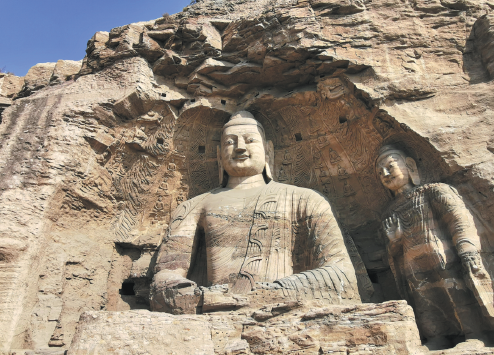
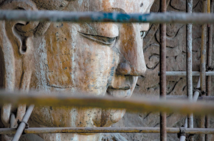
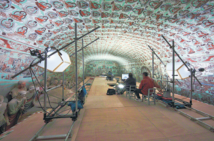
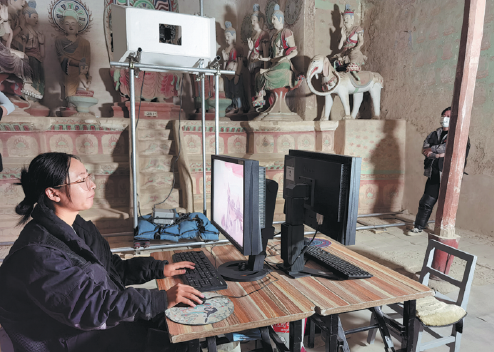
Today's Top News
- Heroic rescue forges lasting friendship
- Experts say more policy stimulus may be needed
- Rocket engine test paves way for manned lunar mission
- Trump and Putin begin high-stakes talks aimed at 'pursuing peace'
- China urges the US to cease provocative actions
- Hope, skepticism and questions ahead of Trump-Putin summit

















